Regarding this information,
regarding the bias resistor the page says:
The resistor value is equivalent to about 100 times the source impedance. If the source impedance is less than 100 Ω, you can connect the negative polarity of the signal directly to AI_GND, as well as the negative input of the Instrumentation Amplifier.
1-) Why a bias resistor needed if the source impedance is less than 100 Ω and otherwise not?
2-) What is so special for the source impedance being about 100 Ω in this context? It is not product specific since the same 100 Ω recommendation can be found in another source like this one at page 26 under Floating source and differential input.
